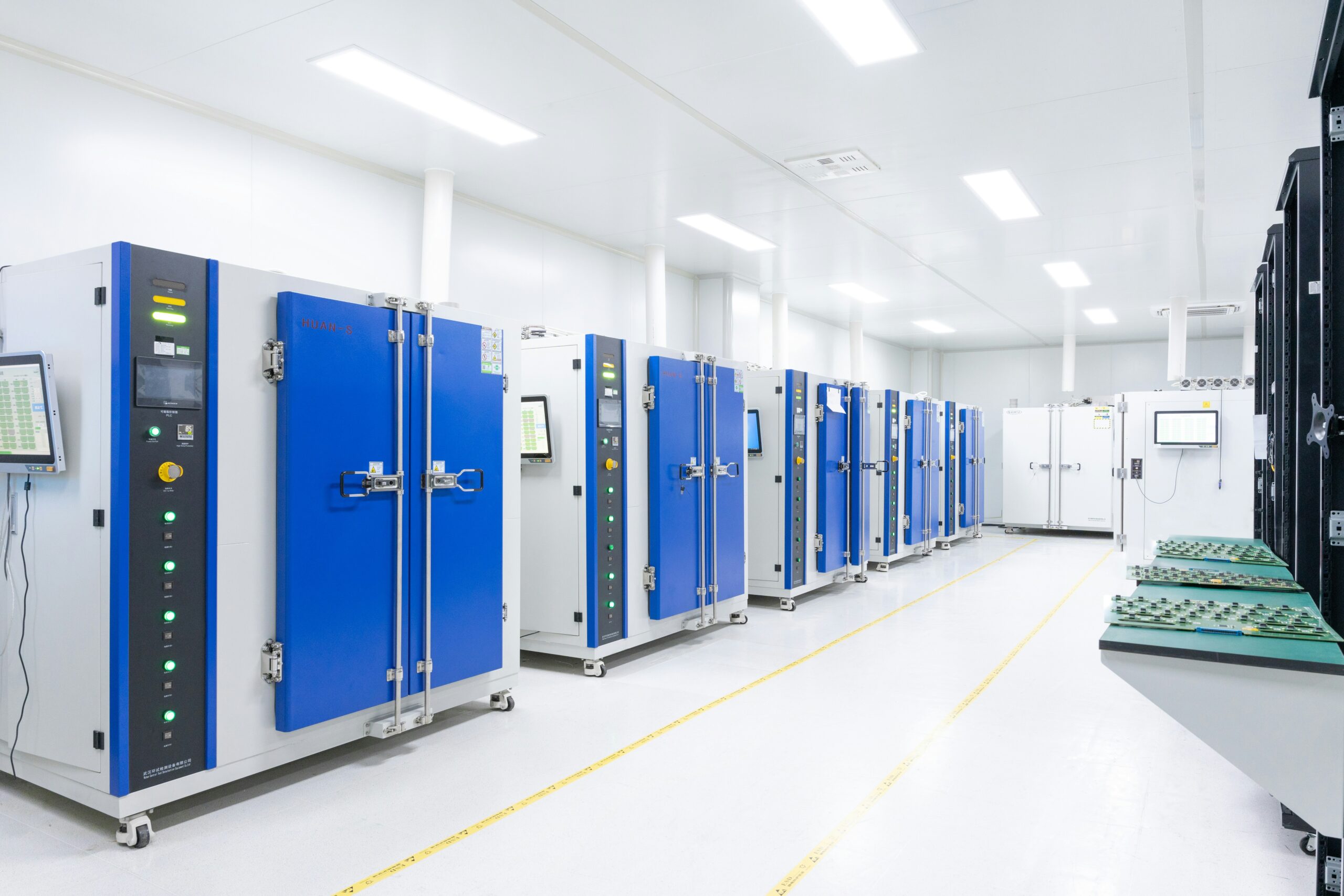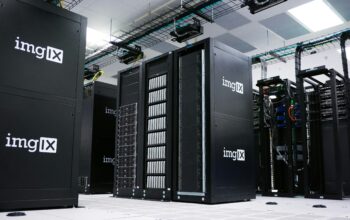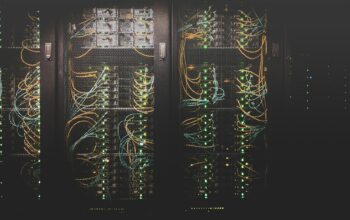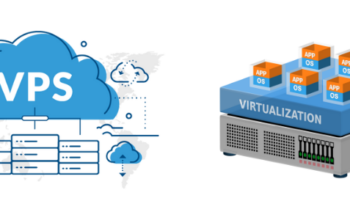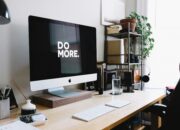Uzone.id—Climate change has caused extreme weather and increased sea level temperatures, which can trigger various types of natural disasters.
The European Union is one of the safest areas to live in. However, even though it is not a daily threat, the risk of natural and human-caused disasters that endanger humans, property, the environment, and cultural heritage remains.
It is estimated that the European Union will experience many extreme events and be increasingly vulnerable to disasters caused by climate change. Urbanization and sustainable development in vulnerable areas have put more people at risk.
Unlike the European Union, the United States is one of the countries most at risk of experiencing natural disasters. The American Red Cross faces an average of about 65,000 disasters each year.
Almost every year, the United States’s central region is hit by a tornado called Tornado Alley. Then, there is an excellent risk of earthquakes on the West Coast and California. The most frequent natural disaster that hits the superpower is floods, which produce considerable economic damage.

Critical infrastructure, such as data centers and submarine cable landing stations, is expected to continue to function correctly in a disaster. Every country needs a data center to anticipate before and after disasters. Data centers play an essential role in a natural disaster because they provide data backup and recovery services from catastrophes.
The data center will be the last hope for recovering data and preserving its information. So, how do Europe and America prepare their data centers for natural disasters?
Choosing a safe location
First, before building disaster centers, the European Union and American governments set data center locations in areas not prone to natural disasters.
The European Union considers Switzerland, Norway, and Finland safe because they have cool climates and stable geology, especially in areas outside the floodplain or protected by flood embankments.
In America, data centers are spread across the Silicon Valley region, home to large companies such as Google and Apple. The Virginia and Oregon regions are famous for their relatively stable climate conditions.
Designing buildings with structural resilience
Countries with seismic activity, such as Italy, Greece, and Turkey, are building their data centers with earthquake-resistant construction, similar to buildings in California and Alaska located in the United States.
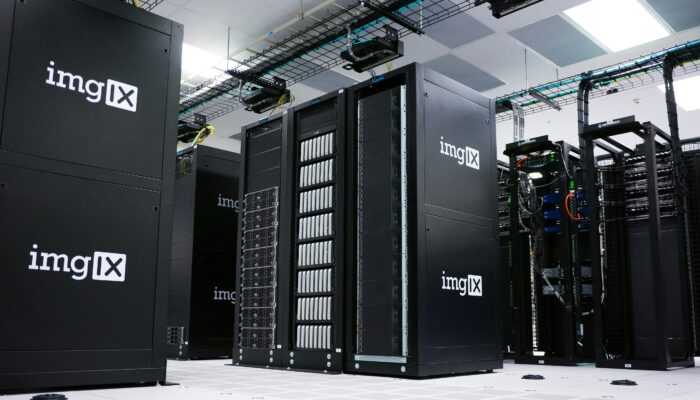
Meanwhile, in flood-prone areas, data centers are built with elevated building types and installed with advanced drainage systems to divert water from buildings during heavy rains or floods.
Then, in areas prone to hurricanes or hurricanes, such as the United Kingdom in Europe and the Florida region in America, data center buildings are designed with reinforced roofs, windows with storm-proof covers, and structural supports to prevent the top from being lifted and windows from breaking.
Has a backup power system
One key aspect of data center disaster preparedness is ensuring an Uninterrupted Power Supply (UPS) because data centers rely heavily on power to maintain their operations.
In a power outage caused by a natural disaster such as a hurricane, wildfire, flood, or other event, the data center will rely on diesel generators, battery backup systems, and fuel cells to keep it operating.
In exceptional cases, renewable energy sources such as solar or geothermal power will be combined with energy storage to maintain balance. This system will provide energy reserves and reduce reliance on fossil materials in emergencies.
Equipped with monitoring and early warning system
Data centers use various monitoring systems to detect changes in environmental conditions, such as rising water levels, temperature surges, and seismic activity, that automatically trigger alarms, shut down sensitive systems, and divert workloads.
If the data center is located in an area at risk of forest fires, it will also be equipped with a fire extinguishing system. The data center will use a combination of fire protection systems, such as smoke detectors, fire alarms, and automatic watering systems.
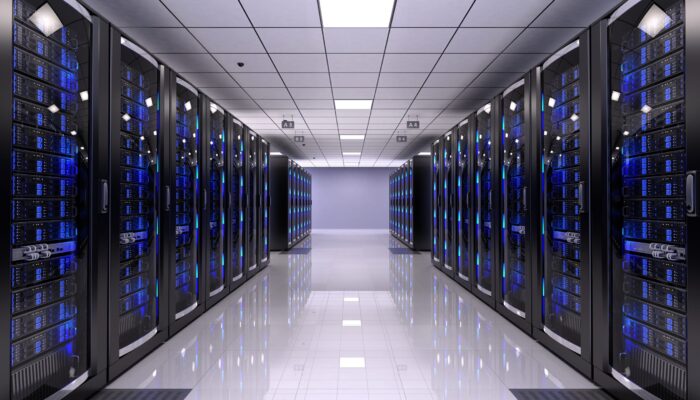
Data backup
Not a few of the data centers are part of a more extensive network, so services will be diverted to other facilities in the event of a natural disaster. In Europe, critical data is often stored at multiple locations to protect data.
So, in the event of a disaster, data centers can use remote disaster recovery sites in different regions to keep data backups safe. In America, cloud providers such as AWS, Google Cloud, and Microsoft Azure often have multiple availability zones in various states or regions to support these systems.
Finally, the European Union and the United States often hold disaster recovery exercises that simulate various natural disasters. These exercises are dedicated to preparing the staff to respond quickly to a disaster.
In particular, the European Union is also conducting joint exercises and assembling rescue teams and equipment that can be mobilized quickly when disasters strike other countries.

